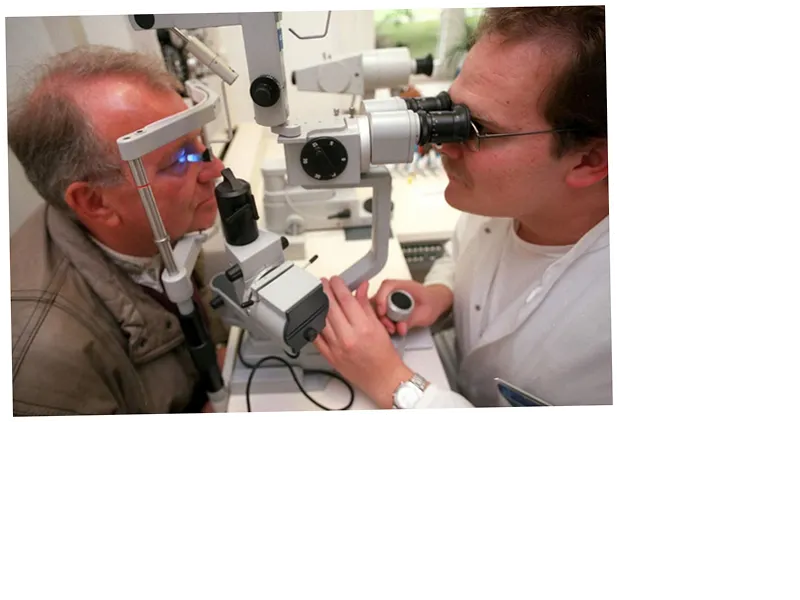Understanding Vitreous Opacity: A Common Eye Condition
Vitreous opacity is a prevalent eye condition that typically affects individuals as they age, particularly from the age of 40 onwards. This condition is characterized by the presence of floaters, which are small black spots or cloudiness in the field of vision. According to German ophthalmologist Professor Hans Horaoff, the vitreous body, which comprises about 89 percent water, undergoes structural changes over time. As collagen fibers clump together, they can cast shadows on the retina, leading to the symptoms of opacity.
Symptoms and Risks of Vitreous Opacity
The symptoms of vitreous opacity can be quite bothersome, especially when they are noticeable against bright backgrounds. Patients may experience moving spots in their vision, known as floaters. It is crucial to consult an ophthalmologist if these symptoms are accompanied by flashes of light, as they may indicate more severe conditions such as retinal detachment or diabetic retinopathy.
Treatment Options for Severe Cases
For most individuals, vitreous opacity is manageable and does not significantly impair quality of life. However, in cases where the condition is severe, surgical options are available. German ophthalmologist Matthias Bollhammer explains that a vitrectomy procedure can effectively remove the vitreous and alleviate symptoms. While this surgery can provide relief, it carries risks such as infections and potential retinal detachment. Newer techniques, such as laser vitrectomy, offer alternative treatment options for specific cases.





